Greg Rucka has been on a tear lately. Not only has he written two Star Wars novels and a comic book series set post-Empire, he’s also been impressing in the creator-owned sphere. Lady Sabre, Lazarus and Stumptown continue running on all cylinders, and his newest series, Black Magick with Nicola Scott, recently launched to great acclaim. I talked to Greg about his experience at Image, all the extra goods he provides his readers and diversifying his personal brand.
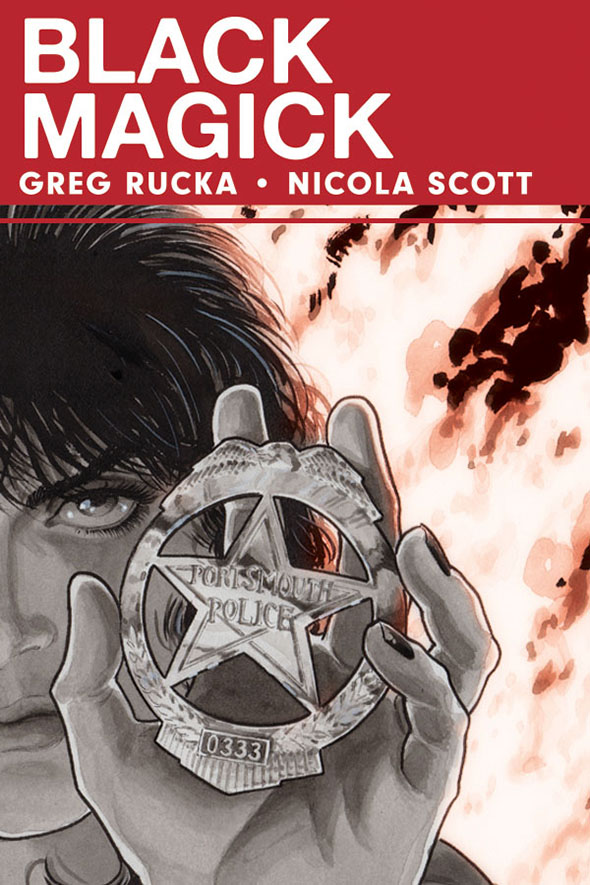
The Image model must be working pretty well since you’re doing a second title.
Image has been a wonderful home thus far; I’ve got very little to complain about. The only things I can bitch about aren’t things I can’t lay on Image. It’s been a really good match, a very supportive environment. The nice thing about Image is they give you all the rope you need and then what you do with the rope is entirely up to you. You can make a noose or maybe a nice basket. [Laughs] It’s nice to be at a place in both my career and the market where I can take the opportunity and not feel like bound to working in a larger corporate structure.
In the first few pages of Black Magick you make clear the intention to blend the ancient with the modern. What inspired that choice?
Well, one of the things the series is about is a very, very old faith and its place in this woman’s modern life. That was sort of the root of it. This isn’t Gardnerian wicca, this isn’t the modern tradition. Rowan is practicing a tradition that goes back thousands and thousand of years, so of course it’s changed and evolved. One of the things about this pagan faith is that it tends to be very individual. In the opening of Issue 1, you are witness to what in many ways is a very Gardnerian Mabon celebration and even that, just because of the trappings of it, appears timeless. But in its own way it’s actually very modern. With the intersection of the cell phone — One of the things I wanted when the book opened was for it to feel like it was in a place of long ago, and I wanted tie in how that which is ancient is still here. Then the cell phone would ring and you’d go, “What the hell?” [That] may be the heart of the story, at least thematically.
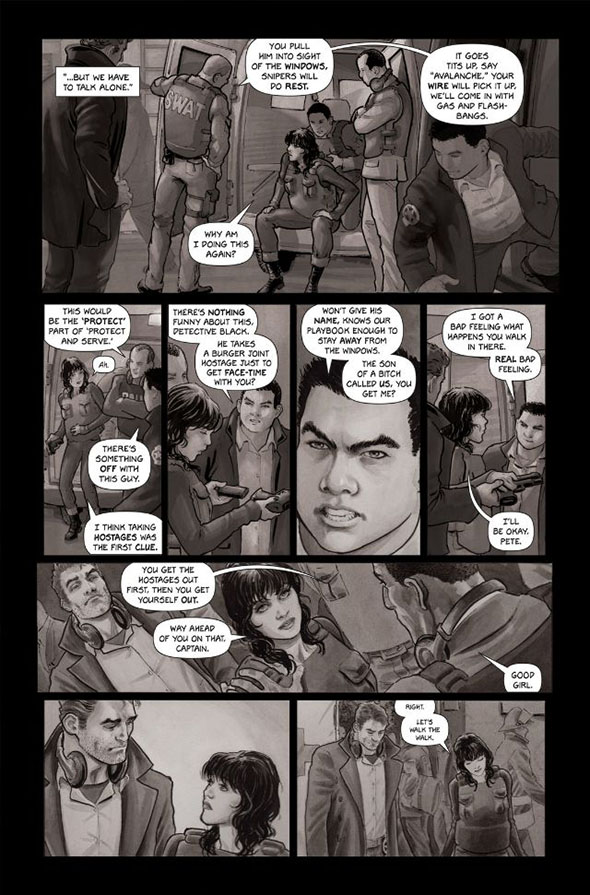
How much did you and Nicola talk about the style before she started drawing pages?
Not a lot. She told me she had ideas and then she went off and worked came back with [the finished artwork] and it was perfect. Once she’d locked down what she was going to do then we were able to talk about nuance and how we wanted to use color and I was able to write into it, was able to turn in to it, help support it more. But she knew early on she wanted the palette to be very limited; she wanted to be working with these ink washes, wanted to play a lot with black and white. And frankly there’s not a lot of white; it’s mostly all grays.
The backmatter for both Black Magick and Lazarus seem like a huge commitment…
[Laughs] Yes! That is what I was working on when you called.
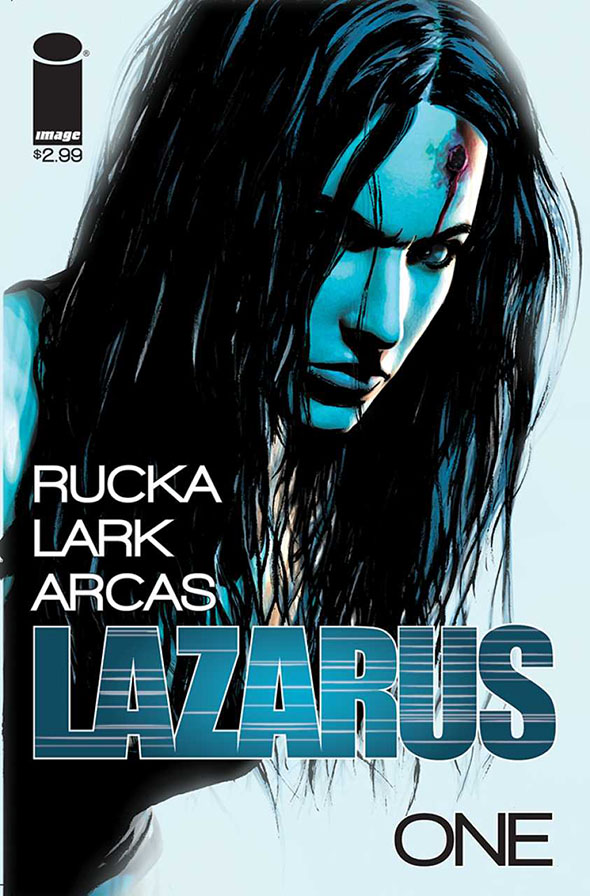
How do you think you and the rest of the creative team have been rewarded for it so far?
Well, I think that in Lazarus it certainly bought us a lot of good will. I can’t overemphasize how important that is. One of the things about the internet age is that there are so many ways to connect with creators and connect with books. But being able to actually put [extra content] in the floppy and have the dialogue with the readers right there, to have that community there on the page, that, I think, is very rewarding. For those that care about it they clearly care a great deal, and we have readers who very clearly love the backmatter as much as they love the main story.
Black Magick is harder to tell. Issue 2 just came out, so we’re early times yet. We’re approaching that differently than we did with Lazarus. I’m not the main voice in the backmatter, Jeanine Schaefer, the editor, is. We’re running a piece of serial prose fiction which may be a very foolish decision on my part or could turn out to be rewarding, I don’t know. We’re going to be including occasional ancient artifacts from Rowan’s ancestry. And I think that anything that adds value to the content is good. You’re asking people to pay four bucks for a comic. For some it means they’re spending $4 for a 20-minute read, for some it’s for a 5-minute read. I want to be able to give them something that they can spend as much or as little time as they want on, with the option to delve deep so that they are satisfied with their experience. I really think it’s the only way you can afford to present floppies in the market these days. I don’t see any other way to do it if you’re not Big Two. We don’t really have 70 years of Batman backing us up; we just don’t have that base. So I do think we’re obligated to our audience to try to give as much as we can and make it as interesting and fun as possible.
Have you done backmatter in Stumptown?
We did essays in the first two. Southworth really went into detail on his approach in the first one, and in the second one I spent a fair amount of time talking about the type of literature that inspired Stumptown. We didn’t do [backmatter] in the third volume and are not doing it in the fourth, mostly due to time constraints. I’d love to figure it out, but I don’t want to hit the same notes over and over again. You can only talk about detective fiction for so long. And frankly Ed Brubaker sort of cornered the market on that kind of analysis. No one needs to read my retread of that.
I’d love to give Justin the opportunity to talk about his storytelling as I think that’s interesting. But trying to come up with what’s appropriate for the book helps. It’s easier for Lazarus and Black Magick as we’re worldbuilding. The world of Stumptown is a world where we don’t really need to manufacture a lot. The Portland in Stumptown is very, very close to the Portland I’m standing in and talking to you from now. What am I going to do, include a write-up of my favorite coffee shop? That doesn’t really serve anyone.
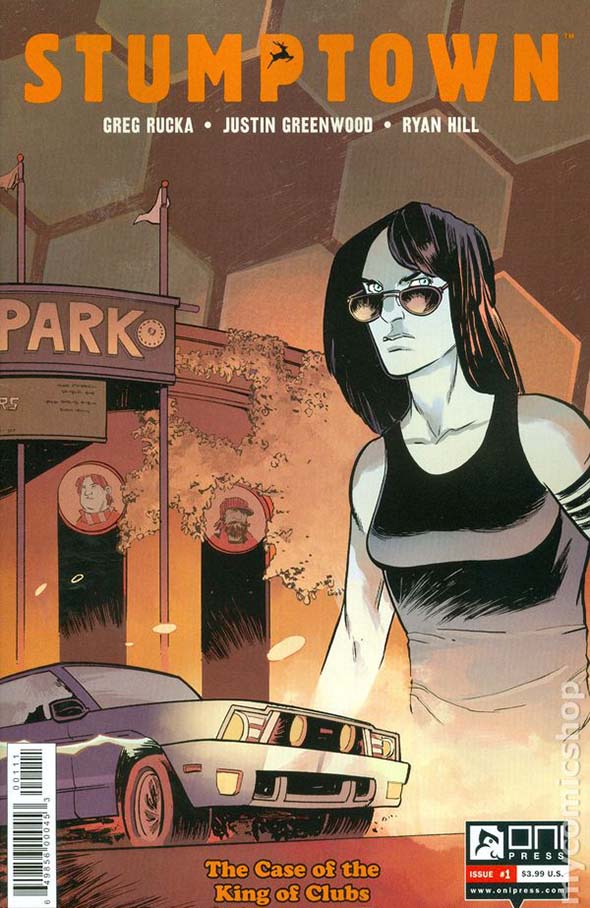
Speaking of Justin Greenwood, the shift from Southworth to him was pretty dramatic. What motivated you and Oni to go with such a different style?
Well, I think trying to get someone to come in and imitate Matthew would have been unfair to any other artist. It’s a hard thing to ask an artist to do. So whoever was going to take over the book had to make the book their own. Justin was the perfect match for this. I actually think his art style has really served the book remarkably well; it’s allowed me to open up in some really different ways. Thanks to the artwork, “The Case of the Cup of Joe” is one of the funniest things I’ve ever written, or at least I’m amused by it, I should say [laughs]. I don’t think I would have gone to that level of humor with Matthew — it’s not that Matthew wouldn’t have done it or wouldn’t have wanted to, it’s that I don’t think I would have gone there storywise just as a choice because his art was so grounded in noir.
Justin sort of threw the door really wide open. You look at the third arc, “The Case of the King of Clubs,” that’s a pretty dark arc. There are a lot of wonderfully traditional visuals that Justin is sort of riffing on in it. Then we get to the current arc and again we have so many basic noir clichés: action at night, action in the rain, these pseudo-violent confrontations. But one of the beautiful things [Justin Greenwood’s artwork] does is undercuts those [scenes] and allows them to be more… fun? I don’t know how to put it. There’s a humor in Justin’s linework that gives me so many more storytelling options.
There was no way we were going to find another Matthew Southworth. Why hobble the artist and doom ourselves to frustration? And the reward I think we’ve gotten for going the direction we went is enormous. I couldn’t be more delighted with everything on the book. Top to bottom, it’s firing beautifully. The biggest problem with that book is me, I think. [Laughs]
It’s great to have it monthly again. Or, I guess, for the first time.
It had always been our hope to go monthly, take some time off between arcs, and then do monthly for the next arc, but it never work out because of schedule. Justin works really quickly. I joke with James Lucas Jones that I have to send in another script by next week, because that’s when Justin will need it. Sometimes you base your schedule on when your artist needs a script.
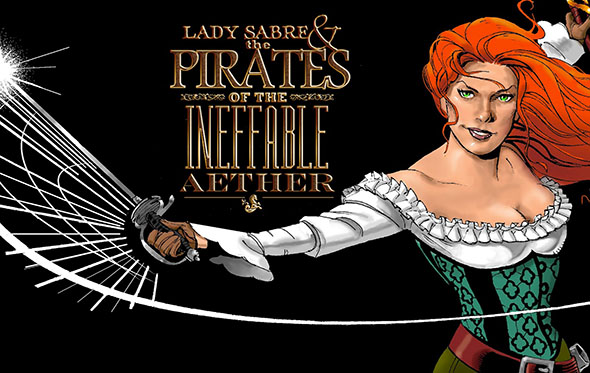
Any updates on the next Lady Sabre Kickstarter?
Ironically enough, yeah. We’ve finally rounded out the end of our first book, the first long tale on the website. We finished it about two months ago, around the time everything else came crashing down on me and I found myself really overwhelmed. And the big problem with Lady Sabre is that it’s not a paying gig for any of us, so when editors who are paying turn and ask “Where is this thing?” it’s hard to turn around and say that I’m working on things I’m not getting paid for. We’re coming back in December with what will be the epilogue to the first book. Our plan is probably to get things in line in January and maybe launch a Kickstarter in the spring for the second volume. I think we’re obligated to at least try to try to produce Kickstarter editions for the entirety of Book One. I think the first Kickstarter made a promise to the audience. It would feel kind of rude to say we’re not going to do another one. Seems kind of tacky, I guess.
How many chapters are there in the first big story, again?
The first book we just completed is thirteen chapters, but the thirteenth chapter is enormous.
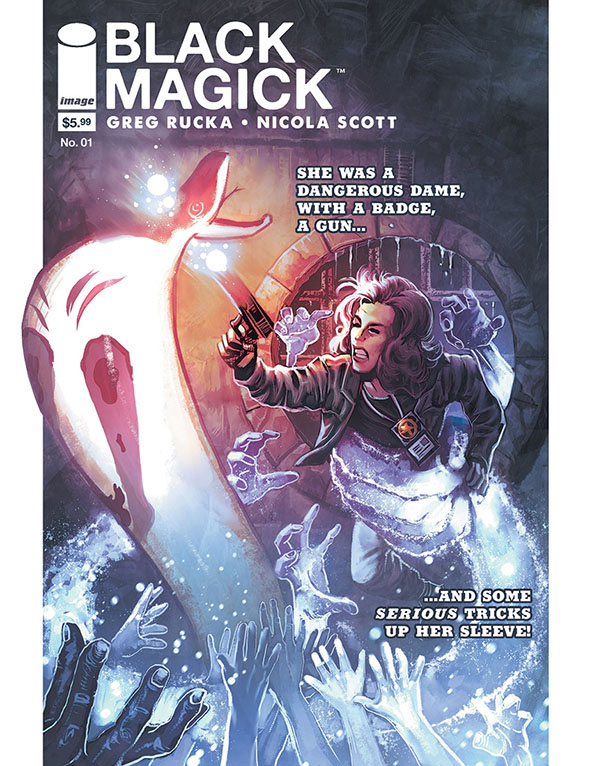
So probably three volumes?
Yeah, I expect we’ll do three volumes to collect this one, and then we shall see. One of the tier rewards in the Kickstarter were backers drawn in as characters in the next book, so we might have obligated ourselves to go even further. We shall see. But certainly the second book will be starting on the website. I should think that the second book should begin in earnest prior to the launch of the Kickstarter for Volume 2 of Book One.
Between Kickstarter, Image, Oni and sometimes still Marvel and DC, you’re really diversifying where your work can be found. Do you think that’s important in today’s climate?
Do I think it’s important? I don’t know. For my purposes, I’ve spent a real long time working with only one publisher at any given time […] but I’m at the point now that I just want to tell the stories I want to tell. If someone from Marvel comes to me and says, “Would you be interested in writing a Captain America story with Black Widow?” and I’ve got an idea and the time then I’d say yeah, absolutely. I’m not going to say never, because there are too many variables. If the right offer comes along I’d probably do a book for the Big Two again. But it is far more important to me to write the stories I want to write and make them work. Lazarus, Black Magick, Stumptown, Lady Sabre. Those are ours, and there’s an obligation to the people I’m working with, everybody involved. Black Magick is not just Nicola and me. Everyone gets a share of the book. If you are part of the team that does the book you are invested in it. So for that reason if none other I feel I have a duty to not only myself but to those I work with.
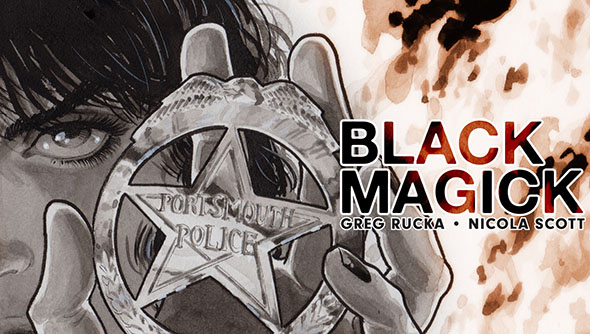
You can follow Greg on Twitter and Tumblr. Find Lady Sabre online and his other series at all comic shops worth visiting.



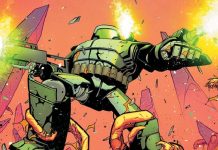

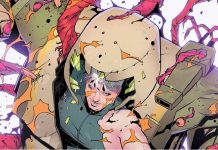



Comments are closed.